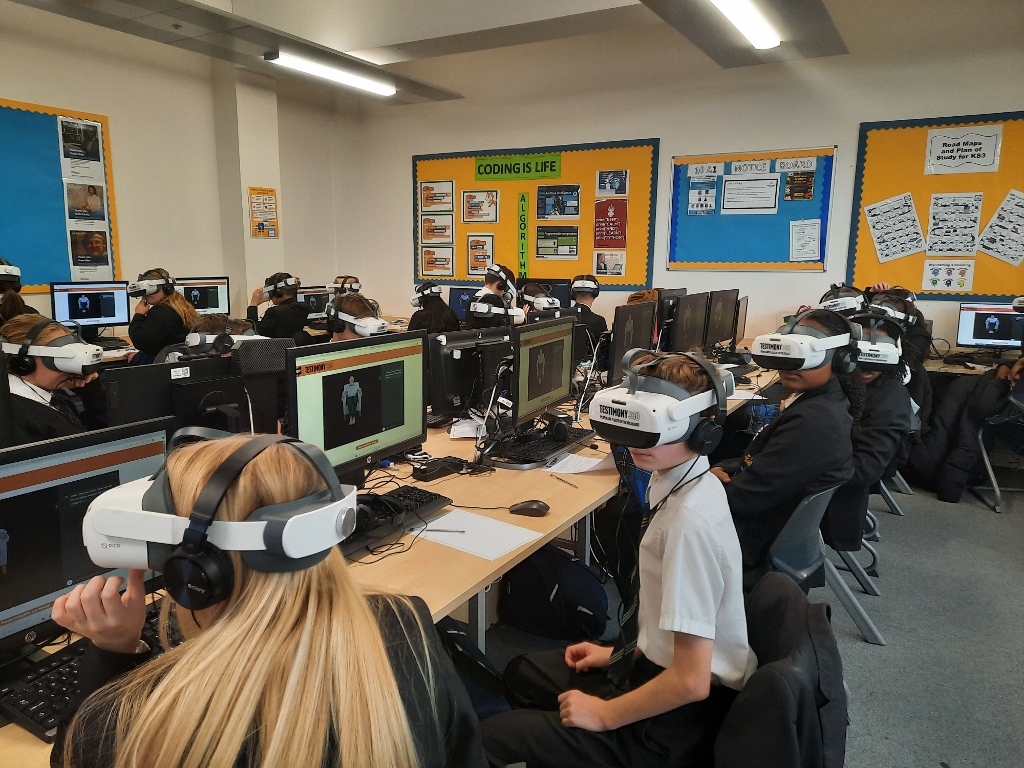Anti-Bullying
Anti-Bullying Summary
Mark Hall Academy promotes a safe learning environment where everyone feels able to enjoy and achieve. We encourage the development of an environment where diversity is celebrated and individuals can flourish without fear. Every member of the academy community has the right to feel safe and happy in school and to be protected when they feel vulnerable.
We believe that all forms of bullying are unacceptable and will not be tolerated in our community. Mark Hall Academy should be a place where students, staff, families and all visitors are made to feel welcome and where everyone is treated with respect, in an atmosphere which is free from intimidation.
Effective management of bullying is a shared responsibility which involves academy staff, parents/carers and a range of professionals involved with children who are the victims or perpetrators of bullying behaviour. Bullying behaviour is a problem for both the bully and the victim and should be addressed in positive and constructive ways which provide opportunities for growth and development for the bully and victim alike.
Principles
The Academy will:
- Adopt a definition of bullying that is agreed across the academy
- Have a consistent approach to dealing with any incidents of bullying that occur
- Work to eliminate intimidating behaviour and promote an academy ethos in which each student is safe and able to realise his/her full potential.
- Work to raise awareness among staff, parents/carers and students about the issue of bullying and promote positive relationships based on mutual respect
- Promote positive action to prevent bullying through our PSHE and assembly programme
- Ensure staff and students are fully trained in order to support the implementation of the policy across the academy
- Ensure fair treatment for all, regardless of age, culture, disability, gender, religion or sexuality, and encourage understanding and tolerance of different social, religious and cultural backgrounds.
Definition of Bullying
Bullying is any behaviour which is perceived by the targeted individual or any other person, as intending to hurt, intimidate, frighten, harm or exclude. It is usually persistent and an abuse of power, leaving the targeted individual feeling defenceless.
Bullies often pick on anything that makes a person ‘different’ and can be racist, sexist, homophobic or based on disability, appearance or family background.
Types of bullying
Bullying can take different forms, but most have three things in common:
- It is deliberately hurtful behaviour
- It is repeated over time
- There is an imbalance of power, which makes it hard for those being bullied to defend themselves
There are various forms of bullying which include:
Emotional
- Indirect excluding, tormenting, threatening, spreading rumours, looks and intimidation
Physical
- Pushing, kicking, hitting, punching or any use of violence, taking of possessions
Racist
- Racial taunts, graffiti, gestures
Sexual
- Unwanted physical contact or sexually abusive language
Homophobic
- Focusing on the issue of sexuality, the use of the word ‘gay’ in a derogatory manner
Verbal
- Name-calling, sarcasm, teasing especially related to race, special needs, religion or culture
Cyber
- All areas of internet misuse, such as email and internet chat rooms, mobile threats by text messaging and calls, misuse of associated technology, i.e. camera & video facilities, cyber bullying can be defined as the use of ICT to support deliberate repeated and hostile behaviour by an individual or group that is intended to harm others. This is a form of bullying that can occur 24/7, both inside and outside school
Bullying outside the academy premises
Bullying which occurs outside the academy premises either on the way to school, from home, on public transport for example, will be investigated and dealt with rigorously. The academy will decide whether it is appropriate to notify the police and if the behaviour is criminal the police will always be informed.























